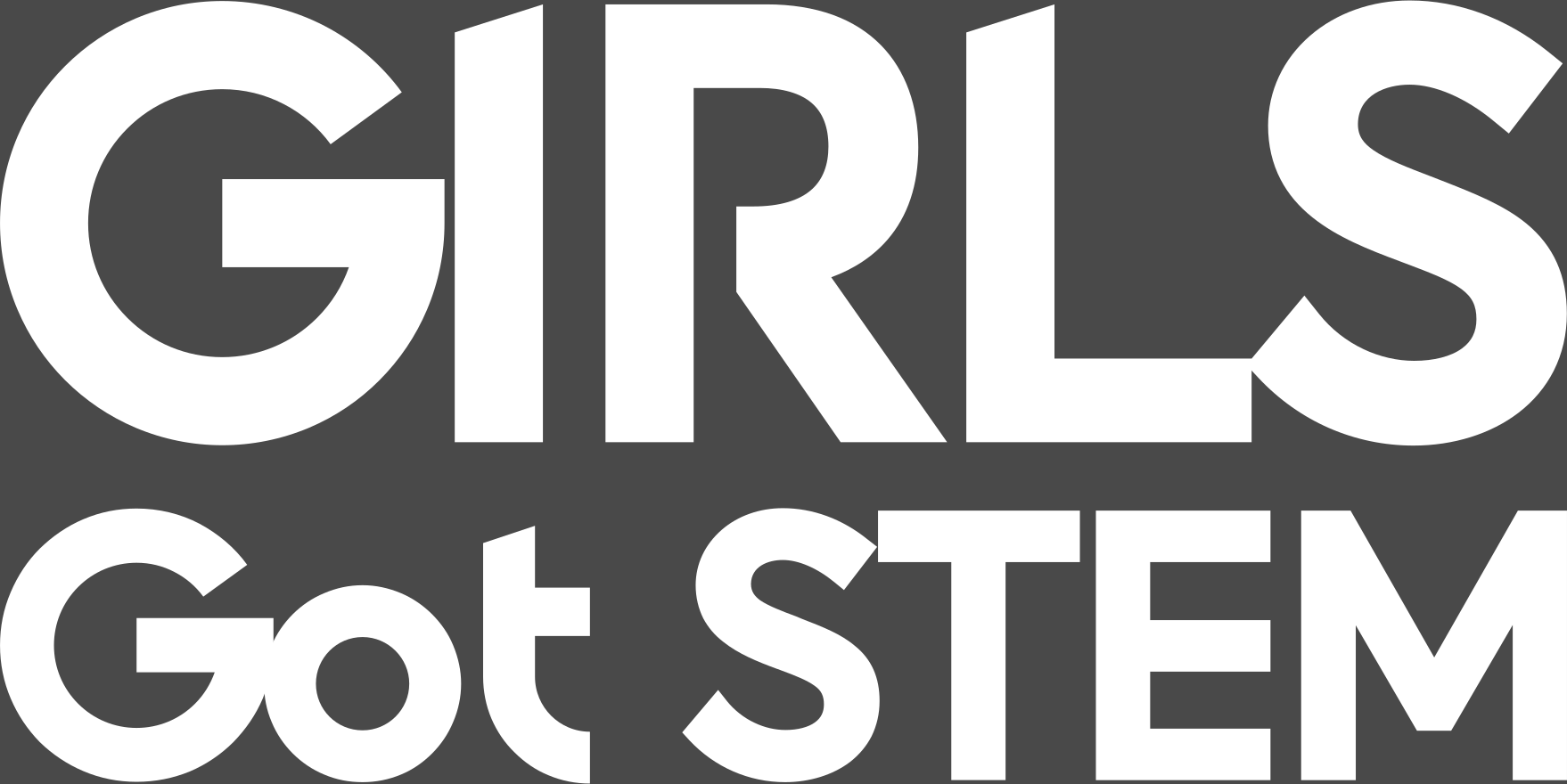STEM education—science, technology, engineering, and mathematics—is vital for preparing students for the future. Early exposure to STEM in elementary school builds curiosity, critical thinking, and problem-solving skills. Successful integration requires intentional planning, collaboration, and creativity.
Key Strategies:
- Interdisciplinary Approach
STEM is most effective when subjects are combined. For instance, pair math and science in lessons on measurement through hands-on activities like building a weather station, or use coding apps to teach geography. - Hands-On, Project-Based Learning
Engage students with real-world challenges like designing eco-friendly vehicles or using robotics kits to introduce coding. Fun experiments like making slime can teach chemical reactions in an interactive way. - Teacher Support
Provide professional development workshops, partner with organizations like NASA for resources, and encourage collaboration among teachers to share best practices. - Everyday Technology Use
Incorporate tools like Kahoot! for interactive quizzes, Bee-Bots for coding, or virtual field trips to engineering landmarks to spark interest and exploration. - STEM-Rich Environments
Create STEM corners with affordable tools like LEGOs and magnifying glasses. Seek funding from local businesses for labs or more extensive resources. - Community Engagement
Host STEM family nights, invite guest speakers, and collaborate with businesses or colleges to arrange field trips or camps. - Inclusivity
Promote diversity by highlighting role models from underrepresented groups, using culturally relevant examples, and providing adaptive tools for students with disabilities. - Everyday Integration
Incorporate STEM into math, language arts, and social studies with real-world examples, STEM-focused books, and lessons on the impact of technology throughout history. - Continuous Improvement
Set clear learning goals, assess progress with portfolios, and gather feedback from students, teachers, and parents to refine approaches.
Conclusion
Integrating STEM into elementary education prepares students for a technology-driven world. With the right strategies and resources, schools can nurture the next generation of innovators and problem-solvers. Let’s start today—because the future begins in our classrooms.
